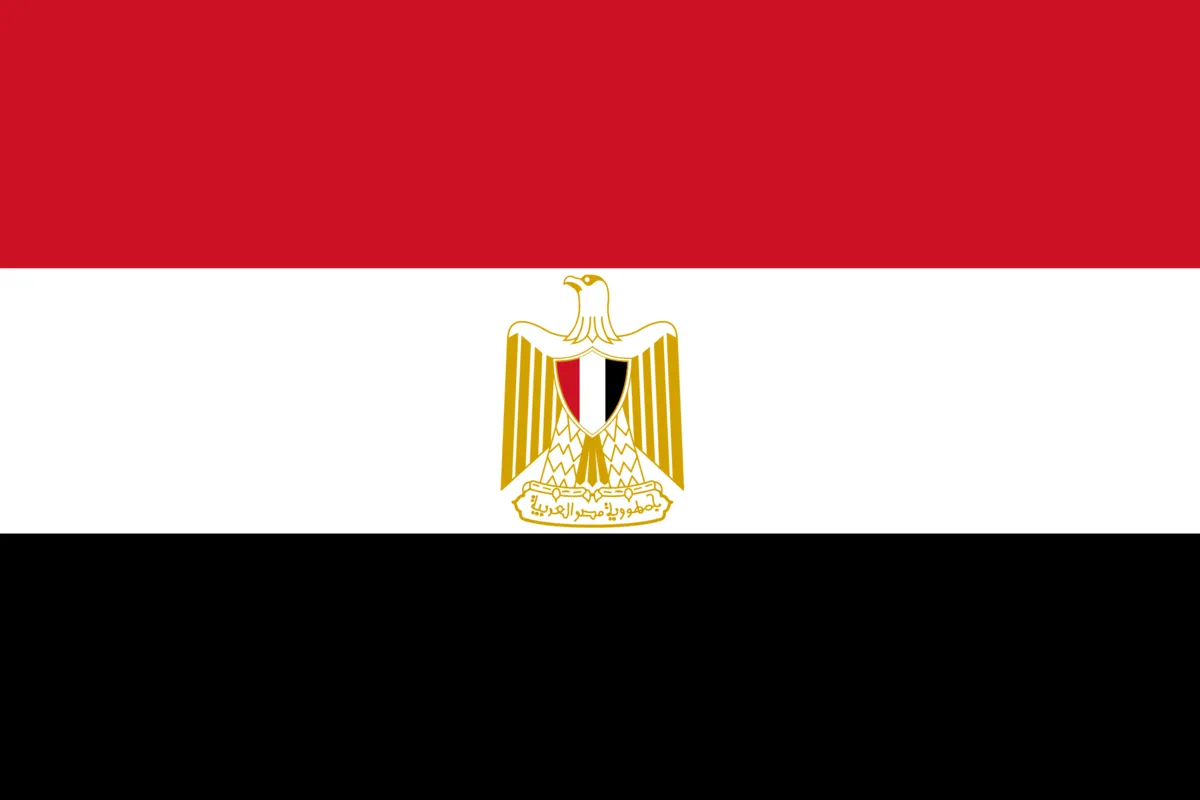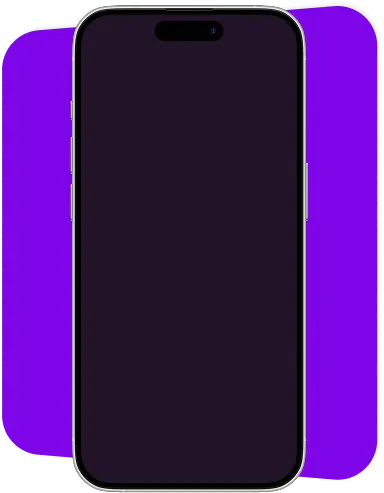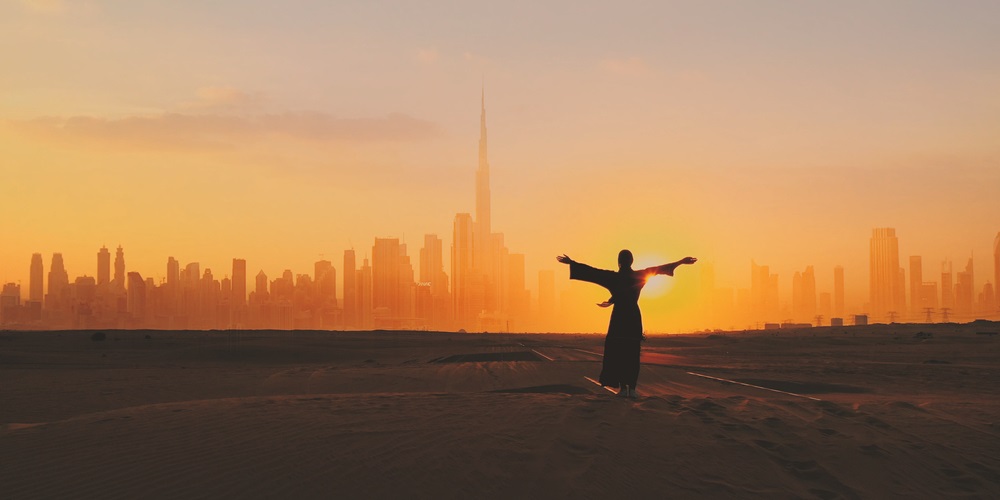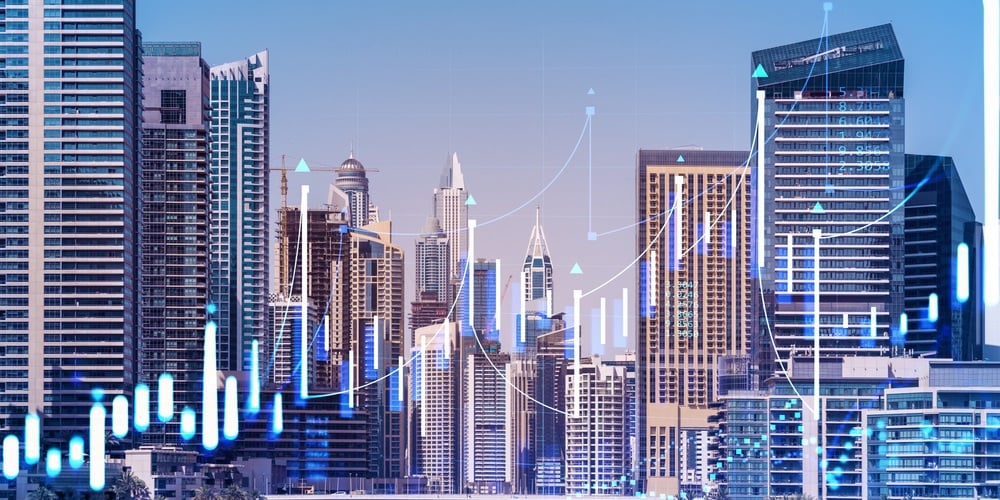The Dubai Metro Blue Line is set to launch operations on September 9, 2029, as announced by the Roads and Transport Authority (RTA). A construction contract worth AED 20.5 billion has been awarded to three firms: Turkey’s Mapa and Limak, along with China’s CRRC.
The project will span 30 kilometers and feature 14 stations, providing a new transit link between Dubai International Airport and key urban areas. These include Mirdif, Al Warqa, International City, Dubai Silicon Oasis, Academic City, and Dubai Festival City. Travel times along the line will range from 10 to 25 minutes, making it a vital part of Dubai’s broader transport network.

With 28 trains serving the route, the Blue Line will be capable of carrying 46,000 passengers per hour in both directions. The RTA expects 200,000 daily riders in 2030, a figure projected to grow to 320,000 by 2040. Traffic congestion on connected routes is predicted to decrease by 20%.
The choice of September 9, 2029, for the line’s opening holds symbolic value, marking the 20th anniversary of the Dubai Metro’s debut. The original system launched on September 9, 2009, emphasizing the date’s ongoing significance in the city’s transit development.
The new Blue Line stations will depart from the existing architectural style of the Red and Green Lines. Featuring sleek, curved designs, the platforms will be enclosed within large, oval-shaped structures. This futuristic approach aligns with Dubai’s vision for modern, efficient infrastructure.

The impact of the Blue Line extends beyond transportation. Properties and rental markets near the new stations are expected to see substantial growth. Some areas, including International City, Silicon Oasis, and Mirdif, could experience value increases of up to 25%. This is consistent with patterns observed in other parts of Dubai connected by the Metro system.
As part of the Dubai 2040 Urban Master Plan, the Blue Line aims to bring the city closer to the “20-minute city” concept, where most essential services can be accessed within a short commute.












